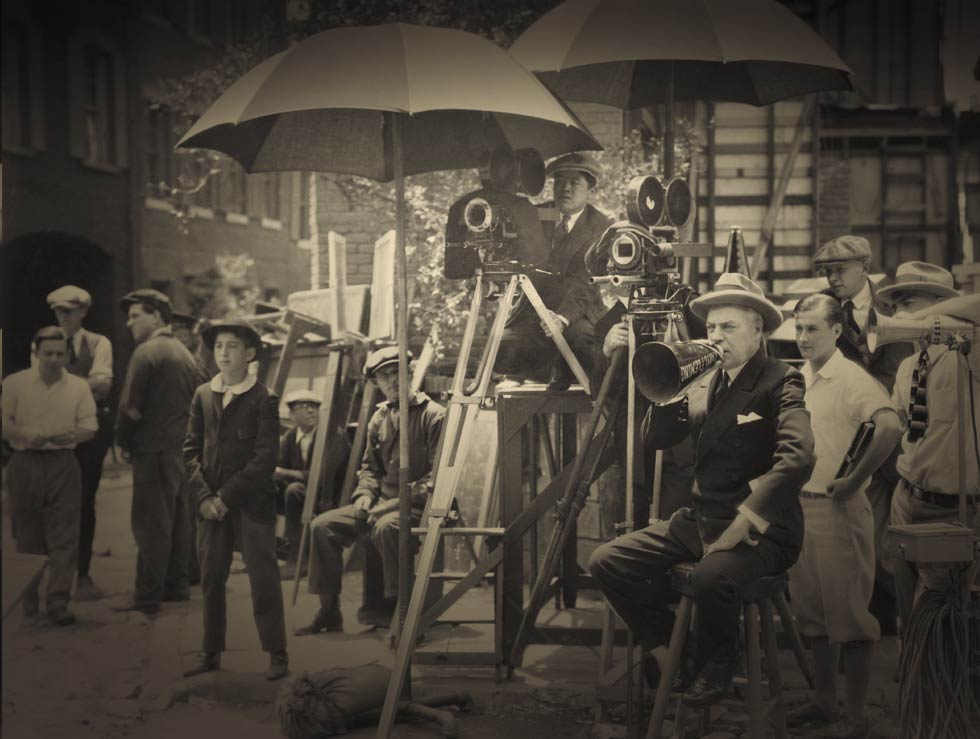In photography and filmmaking, a “light field” is the totality of light traveling within a given scene, through any point in space and in any direction.
Light field technology is about capturing and recording all of that information as it interacts with an object or person within a scene.
With traditional photography or filming, the image captured is from one vantage point as light interacts with an object or person from that one position, and the focus needs to be decided upon at the timing of taking the shot.
Light field technology gathers so much information about the light and the direction of the light, but more particularly, how that direction of light hits the object or person at different angles, thereby offering the ability to re-focus the shot after it has been taken, regardless of where the camera was physically set up.
Simply put, light field technology allows “shoot first, focus later” photography and filming.
The level of detail recorded with a light field camera offers further advantages by allowing the easy separation of foreground from background, dismissing the need to use a green screen; the easy separation of each object within a scene negating the need for the time-consuming process of masking out or roto-brushing unwanted elements in a scene. This capacity of separating elements lends itself to incorporating CGI into real-life footage a much less demanding task with a more seamless result.
Stop-Motion animators would have a wider range of shots to choose from without extending their shoot time or having to refocus for each movement. Of course, it will increase their post-production time with an embarrassment of riches in the choice of focus.
Sounds great, doesn’t it? Except that this amazing technology hasn’t taken off amongst filmmakers.
This relatively new technology has a few things going against it:
- The cost of the camera is significantly more expensive that the many varieties on the market. So, the question for a filmmaker would be “why would I need to buy a light field camera?” If you were looking to decrease post-editing time with green screen, masking or roto-brushing, a light field camera may be the best choice.
- Traditional cameras produce an excellent result and the industry is very comfortable with what they know. Even iPhones can hold their own for making a film.
- The resolution is rumored to be sacrificed given the large scope of recording every piece of information in the scene. Filming and photography are all about choosing what goes into, and what is left out of, a frame. Traditional photography and filming have been geared to service to an extraordinary level of focus, light, detail and colour. Lytro’s founder, Ren Ng, disputes the lower resolution as a serious issue: he contends that at some point, the human eye cannot detect higher resolution, making it an academic issue rather than a real-life issue.
- Recording every piece of information of a scene equates to an enormous task of recording, storing and managing that data during the shoot, and handling it in post-production. Light field also requires its own specialised software to formulate an image for an on-set monitor (for a director and crew to view what is actually being captured) as well as the post-production software to edit.
The concept of light field technology first made its appearance from Noble Laureate, Gabriel Lippman’s “integral photography” where he first discussed the idea of having many lenses to take make a 3D image in 1908. Light Field technology remained an academic exploration up until one of its researchers, Ren Ng of Stamford University, founded Lytro in 2006. Lytro’s goal was to create a consumer-level light field camera that would take on DSLRs as consumers’ go-to camera. It is fair to say that at 2017, that goal has been largely abandoned as consumers did not flock to an unconventional technology that is, aesthetically, so far removed from what they were used to, and with a need for special software to view and edit images.

Lytro’s first light field technology camera
What’s the difference between a traditional 360 degree and a light field technology 360 degree panorama?
A traditional 360 degree panorama is a bunch of flat photos sitting together to create an image. A light field technology 360 degree panorama includes volumetric information, which means with VR goggles, you could virtually step into the image and look around, like you are inside the image, allowing what Lytro call “six degrees of freedom”. Check out Lytro’s production of a music clip for the iconic Leonard Cohen song “Hallelujah” recorded with light field technology:
